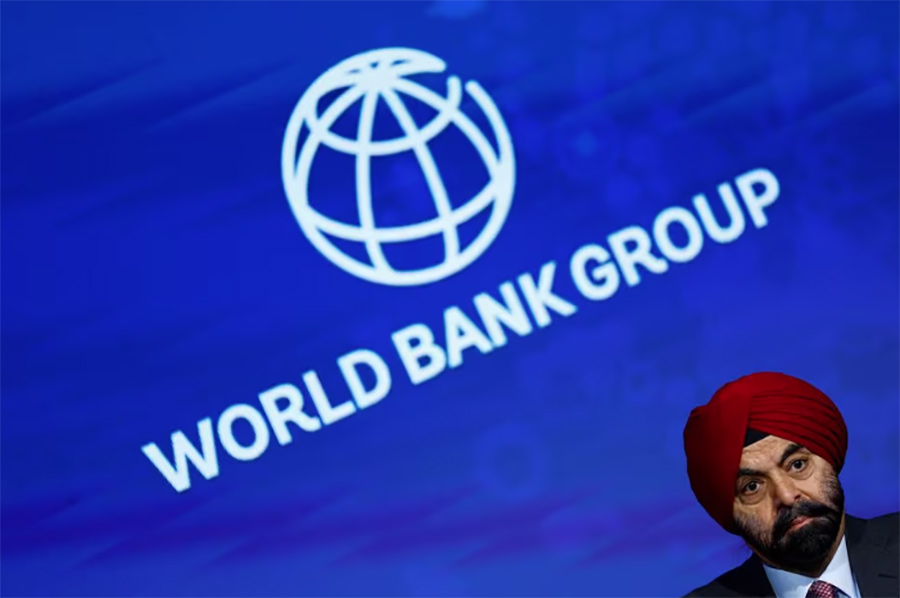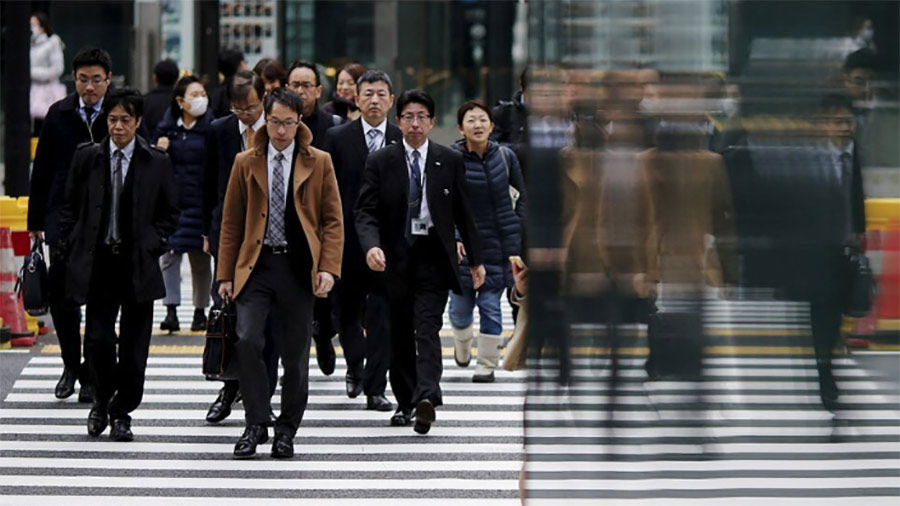LONDON- The World Bank and its fellow institutions are heading for a cash call. Scaling up the Washington-based lender and other multilateral development banks can provide valuable geopolitical clout and will help in the fight against climate change. The first step is to sweat their existing balance sheets harder. But eventually shareholders, including the United States, will have to overcome domestic political hurdles to put up $100 billion of extra capital.
The first reason to beef up the MDBs is the mounting climate crisis. The World Bank and its regional peers, such as the African Development Bank and the Asian Development Bank, are well placed to help developing countries craft strategies to develop in a green way.
Geopolitical tensions are another reason to squeeze more out of the MDBs. Rich countries, which collectively control most of these institutions, can use their financial resources to compete with China when wooing developing “swing states”.
The figures are daunting at first glance. Developing nations will need to invest an extra $3 trillion a year by 2030 to combat climate change and poverty, according to a recent report commissioned by the Group of 20 large economies.
But the countries themselves could provide two-thirds of that, while international private investors could put up another $500 billion. Rich countries’ own development institutions could supply yet another chunk. Even so, that still leaves an extra $200 billion a year to come from the MDBs. That means trebling the collective $100 billion in commitments they made in 2019.
Fortunately, the MDBs can stretch their existing capital even while protecting their top-notch AAA credit ratings. An earlier G20 report published last year advocated precisely this — and the institutions are already working on some of the ideas.
The World Bank, for example, has cut the minimum equity it puts up to support a loan from 20 percent to 19 percent. It is also planning to issue hybrid capital to shareholders such as the German state, while Britain is guaranteeing some of its loan portfolios and the United States aims to do so too.
Using leverage has an immediate impact. For example, the World Bank says every dollar of hybrid capital unlocks eight dollars of loans. Collectively, these ideas could increase its capacity by $160 billion over a decade, an average of $16 billion a year.
An even bigger idea is for the MDBs to persuade ratings agencies that the institutions can support extra leverage because they are less risky than normal commercial banks. This is partly because they enjoy preferred creditor treatment, which means that they receive priority over other lenders when a borrower gets into trouble.
Another difference between MDBs and regular banks is that their shareholders only pay in a small portion of the capital they have subscribed to. The rest is “callable” in an emergency.
The World Bank has almost $300 billion of this callable capital.
Although Standard & Poor’s gives quite a bit of weight to this capital when awarding credit ratings, rivals like Moody’s and Fitch don’t give much, says Chris Humphrey of the ODI think-tank, who co-authored last year’s G20 report. If the other rating agencies followed S&P, the MDBs collectively could boost their lending by 70 percent without any extra capital, he calculates.
To win over the other rating agencies, MDBs will need to prove that they really can access their callable capital when needed. That’s why their shareholders will soon set out the legal and bureaucratic hoops governments would need to go through to provide such capital.
At the same time, the MDBs are trying to convince rating agencies that they are undervaluing the lenders’ preferred creditor status. This will involve publishing their joint global emerging market database to provide hard evidence that MDB loans rarely lose money.
All these ideas are necessary, but not sufficient. Collectively they might enable MDBs to double their lending capacity, this year’s G20 report calculates. To treble it, they would need an extra $100 billion in equity over a decade.
Governments are willing to support some lenders. The European Bank for Reconstruction and Development last week kicked off a 4-billion-euro capital increase with the aim of doubling its annual investment in Ukraine. But the politics of such cash calls will be trickier for other MDBs. It’s hard to persuade even rich countries to find cash, given tight budgets and the reluctance of some politicians to help developing countries. – Reuters





